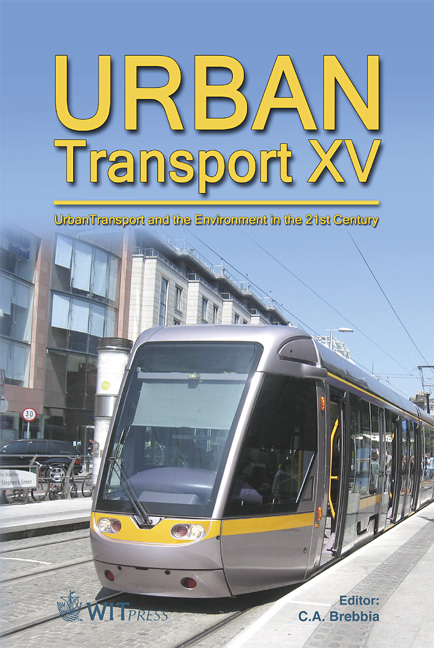Simulation Based Validation Of Time To Collision As A Safety Performance Surrogate
Price
Free (open access)
Transaction
Volume
107
Pages
12
Page Range
637 - 648
Published
2009
Size
2,788 kb
Paper DOI
10.2495/UT090571
Copyright
WIT Press
Author(s)
S. Gousios, N. Garber & Q. Liu
Abstract
Traffic crashes are the ultimate measure of safety for a highway location. However, the collection of data from actual traffic crashes involves the requirement of a lengthy and resource-demanding effort in order to minimize the randomness associated with crash occurrence. The purpose of this study is to determine if the surrogate measure of conflict as represented by \“time to collision” can adequately describe the occurrence of inter-vehicle crashes on an Interstate highway. A part of an urban Interstate highway in Northern Virginia was used as the test site. Crashes were treated as unintended collisions between two or more motor vehicles. Crashes for a 6-year period were collected. The same network was designed and simulated using a stochastic, microscopic, behaviour-based simulation program (PARAMICS). An application was coded to extract conflicts through the program. The counted conflicts were then compared to the observed crashes in order to validate a correlation of the two. Two different definitions of time to collision as well as several different threshold values (emulating severity) were used as crash surrogates in order to determine the best fit. The results of this study indicated that there is a statistically significant correlation between crashes and the proposed surrogates. A sensitivity analysis determined the best threshold values. Models were developed relating the number of crashes and conflicts. Keywords: conflict, crashes, time to collision, micro simulation.
Keywords
conflict, crashes, time to collision, micro simulation





